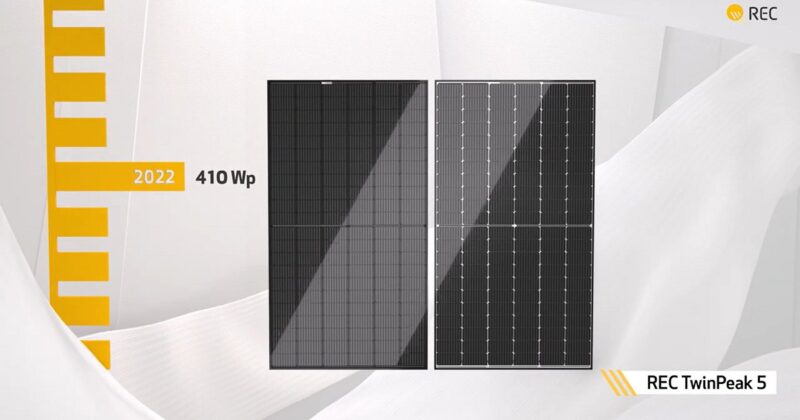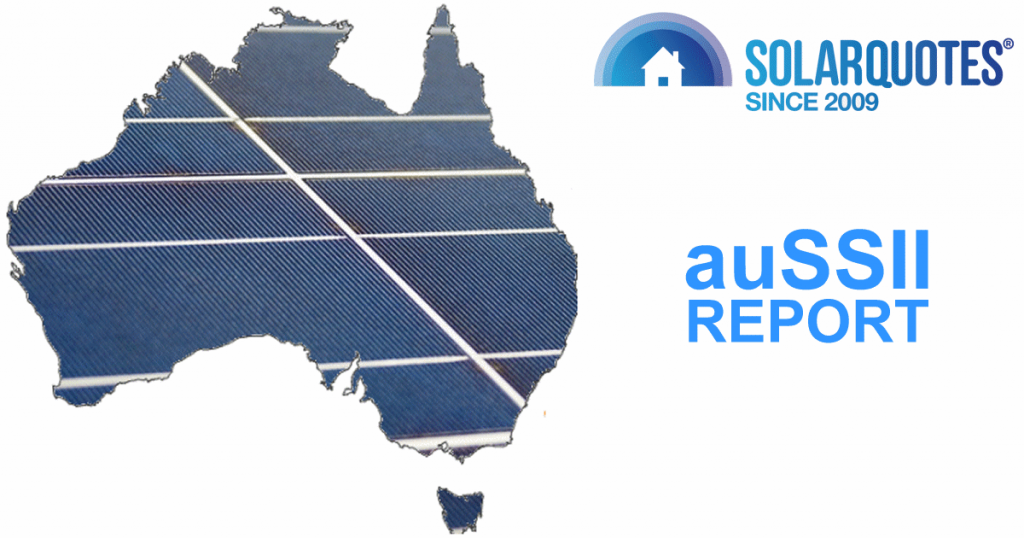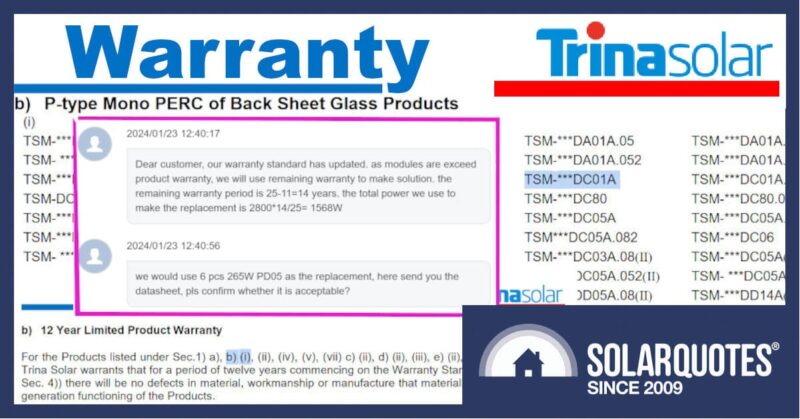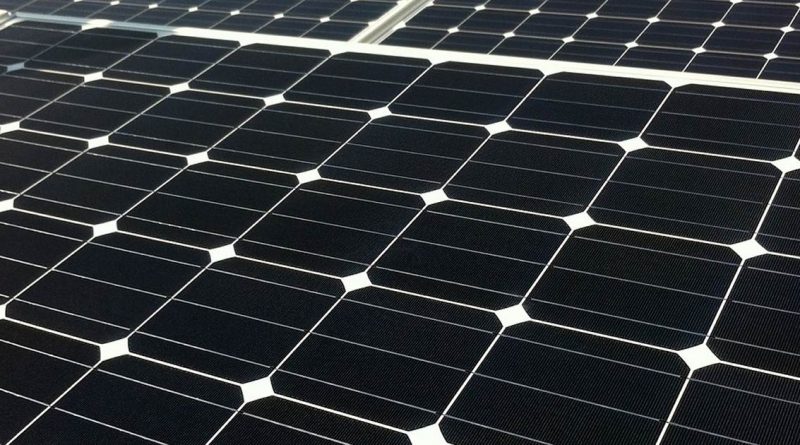Adding More Home Solar Power To The Grid: AEMC Draft Determination
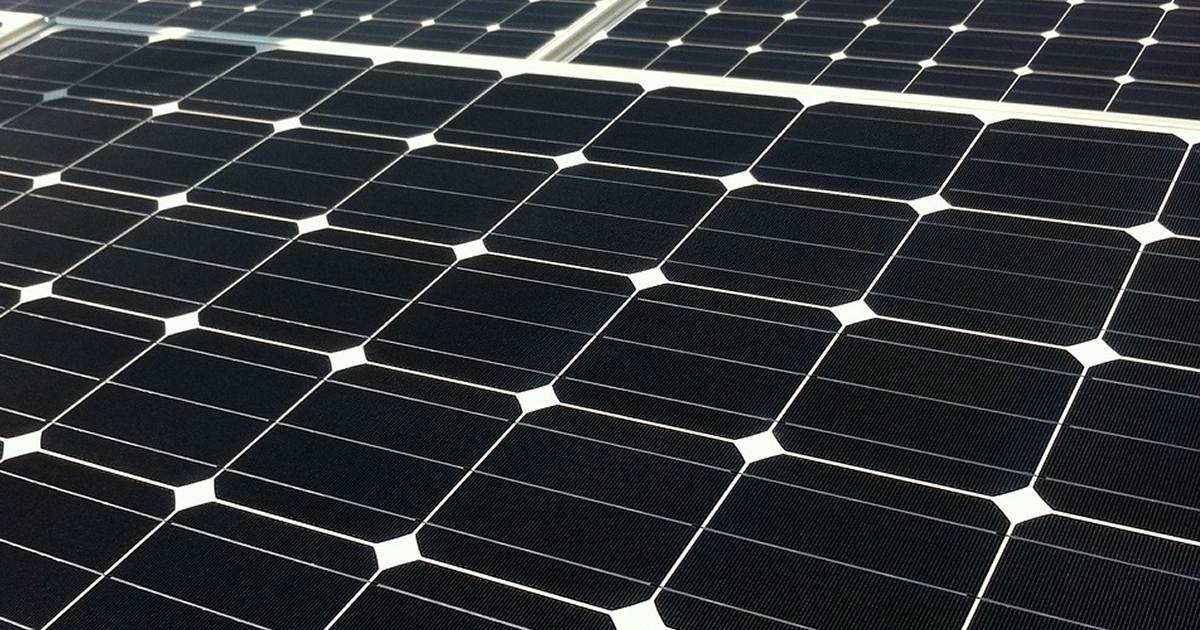
The Australian Energy Market Commission has released its draft determination on how to integrate more small-scale solar power systems, support home battery uptake and address solar energy “traffic jams” in the grid.
Australia’s grid infrastructure was originally designed to cater to one-way electricity traffic flows – into premises. The rise of solar energy has seen increasing amounts flowing out from premises, and this is causing some headaches that will increase over time if left unaddressed. While still uncommon, in particularly extreme cases the situation has already resulted in new solar owners in some areas being zero export limited.
Another issue is when so much solar electricity is being generated and self-consumed it results in grid demand being low enough to threaten grid stability. This recently happened in South Australia and the Australian Electricity Market Operator (AEMO) was forced to jump in, instructing ElectraNet to stabilise the grid. This was achieved by 12,000 solar power systems being temporarily switched off remotely.
AEMC Chief Executive Benn Barr says Australia’s electricity sector can be decarbonised faster and more cheaply if more small solar customers can be connected – and if it’s made worthwhile for them to install solar batteries. However, this will require changes to how the power system operates.
Solar Export Charges And Incentives
The AEMC has concocted a reform package it says will make room for more solar and promote battery uptake. Among its contents:
- Changing distribution networks’ existing incentives to provide services that help solar owners export power to the grid.
- Allowing networks more pricing options such as rewarding solar and battery owners for sending power to the grid when it’s needed and charging for exports when there is a high level of congestion, encouraging greater solar energy self-consumption.
- Allowing each network to customise price options to suit their circumstances, customer base and applicable regulations.
- New safeguards ensuring consumers and governments have a “strong say” in how the reforms occur and in pricing.
The AEMC stresses it is not proposing all owners of grid-connected solar panels should start paying export charges. And while existing solar owners may be “grandfathered” under current arrangements, the AEMC also wants to avoid a ” first-come, best dressed system” as that will limit the capacity for more adding more solar power to the grid.
“Letting networks give customer incentives to use the system better means supply and demand on the grid can be smoothed out over the course of the day,” said Mr. Barr. “It helps address large amounts of solar being exported in the middle of the day when it benefits the system least.”
The AEMC provides a few examples of how some of this may work in practice, including solar households choosing an option such as free export up to a certain limit or a fee-based premium service guaranteeing export during busy times.
Incentives for solar battery uptake could include subsidised energy storage systems releasing energy into the grid at times of high demand; e.g., becoming part of a virtual power plant (VPP).
How This Came About
It was back in 2017 when the AEMC first somewhat timidly questioned a clause in the National Electricity Rules prohibiting a Distribution Network Service Provider (DNSP) from charging solar power system owners for use of the distribution system for the export of electricity. This was met by a strong negative reaction.
Then in 2020, the AEMC called for submissions on proposed changes to the Rules after rule change requests from several parties that included allowing for export charges. The AEMC was to have published its draft determination late last year, but this was deferred until yesterday given the level of feedback it received.
The AEMC is now inviting submissions on the draft determination, with the feedback period open until May 13 before a final decision is made in June. State governments will then develop plans to be submitted to the Australian Energy Regulator, which will make a final decision on NSW, ACT, NT and Tasmania’s proposals in 2024, followed by QLD and SA’s in 2025 and Victoria’s in 20261.
“We have to start planning for a different future now because there is still a lot of work to do and change will take time,” said Mr. Barr.” If we start now, with the right caveats and protections in place, we will avoid costly crisis solutions further down the track.”
Related links:
Footnotes
Original Source: https://www.solarquotes.com.au/blog/solar-batteries-aemc-mb1930/
